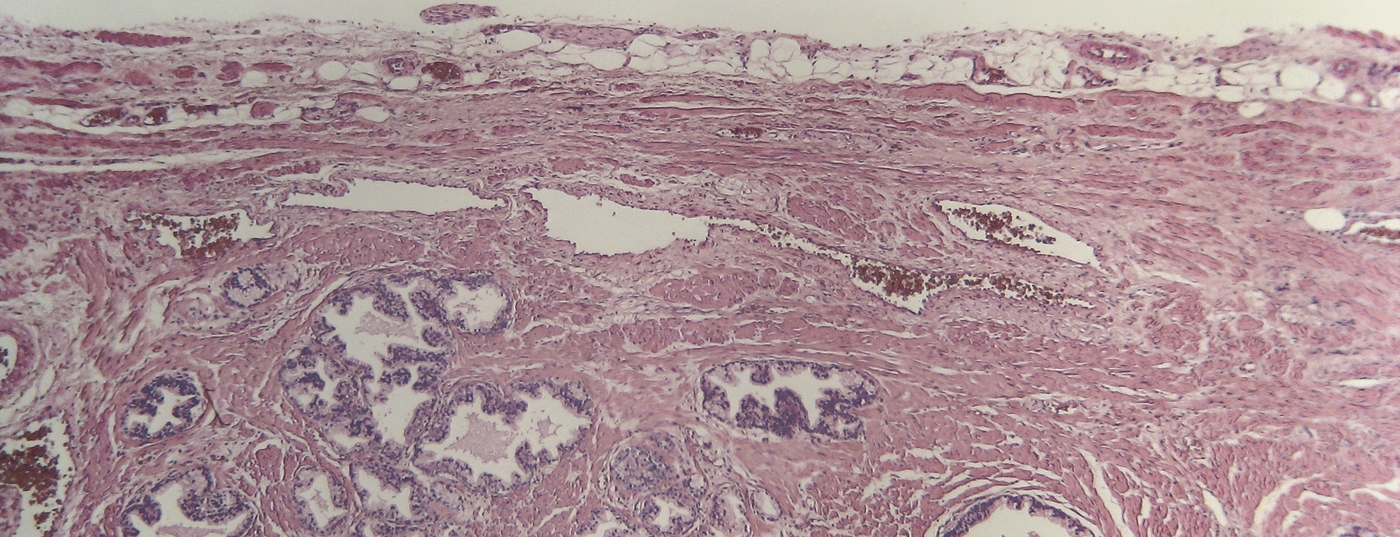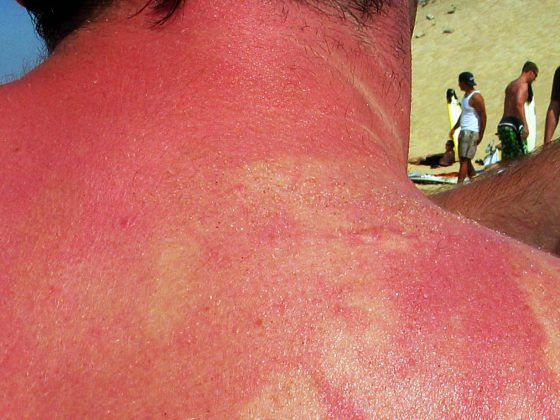A German health services research study (HAROW) is causing a stir: it raises the question of whether low-risk prostate cancer should be treated with surgery, radiation or (only) active surveillance. The authors’ conclusion: monitoring under the conditions of the German health care system is possible and safe.
The results of the HAROW study, in which 3169 patients participated, were presented at the Association of Urology Congress in Stockholm. Participants were recruited at 263 German urology practices over a period of more than five years. No treatment guidelines were given, but it was left to the urologists to decide whether to operate, irradiate, treat with hormones, or actively monitor their patients with low-risk prostate cancer (after initial biopsy, PSA value and rectal examination every three months). If progression was suspected during the surveillance phase, biopsies were performed again. However, there was no fixed PSA cut-off value, but urologists were urged to assess the overall course and not base their decision of a repeat biopsy on individual PSA values alone. According to study leader Prof. Dr. med. Lothar Weissbach, Berlin, this worked very well. One in five patients was treated defensively.
The average follow-up time in the active surveillance arm to date is 1.84 years, with 38.9% of patients undergoing a control biopsy during this period and 23.3% undergoing secondary surgery or radiological treatment after all. To date, no patient in the surveillance group has died as a result of the carcinoma, Prof. Weissbach said.
So what’s the bottom line?
According to Prof. Weissbach, active monitoring can be implemented under the conditions of outpatient care in Germany, as this study clearly shows. Moreover, he said, practicing urologists are increasingly willing to recommend such restraint in treatment strategy. Nevertheless, surgery for low-risk prostate cancer is still performed far too frequently in Germany, but this could change in the next few years.
The principal investigator emphasized that HAROW was not primarily about the effectiveness of active surveillance, as this was already well established (in more than 30,000 patients worldwide). Patients with low-risk prostate cancer die with the carcinoma, not from it, in his opinion, though it is crucial to filter out those at high risk. Previous experience with active monitoring shows that this is possible within the first two years (this also explains the high conversion rate in HAROW). What remains to be clarified is whether the expected stability of the remaining patients also occurs with prolonged follow-up.
Source: 29th Annual EAU Congress, April 11-15, 2014, Stockholm
InFo ONCOLOGY & HEMATOLOGY 2014, 2(4): 3.












